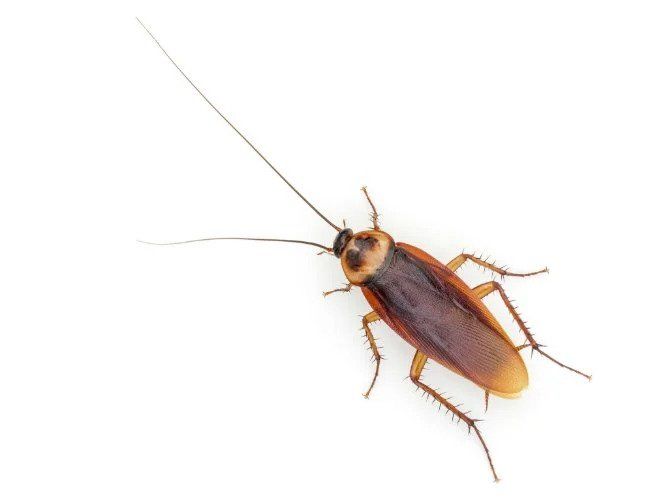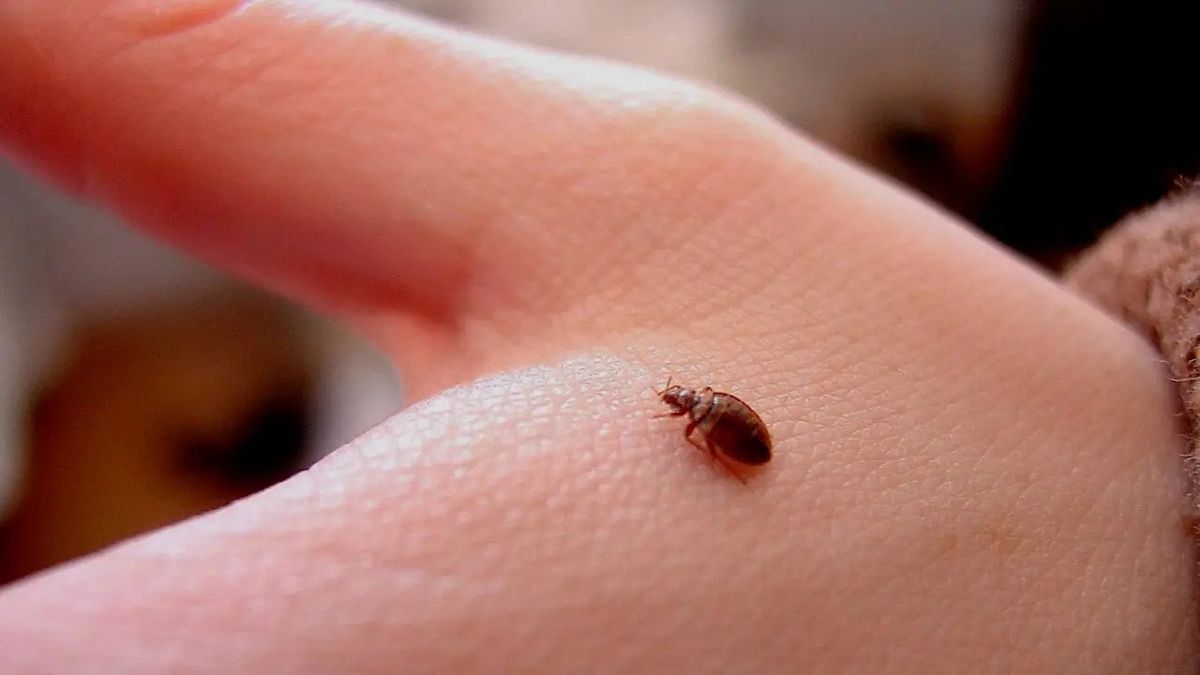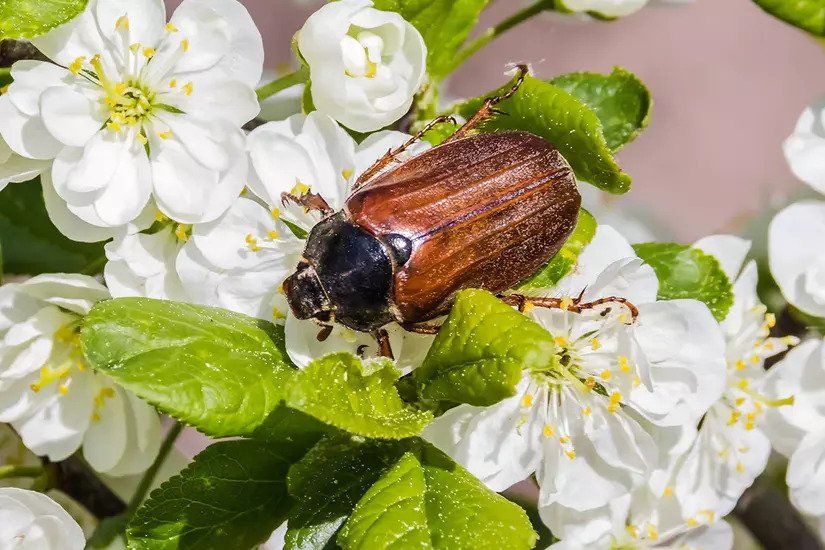Are you tired of dealing with the pesky June bugs that wreak havoc in your garden? These beetles, also known as June beetles or scarab beetles, are a common pest that many homeowners struggle with. This comprehensive guide will teach you how to get rid of June bugs and prevent a June bug infestation from damaging your landscape plants and garden plants.
Understanding June Bugs
June bugs, also known as June beetles, are large, dark-brown beetles that emerge in late spring and early summer. The adult June bugs are attracted to outdoor lighting and can cause serious damage to your edible plants and plant life.
But it's not just the adult beetles you need to worry about. The June bug larvae, commonly referred to as white grubs, feed on plant roots and grass roots, causing brown patches of dying grass and dead grass in your lawn. If left unchecked, a June bug infestation can spell disaster for your entire lawn.
Identifying a June Bug Problem
The summer months bring a lot of good things with them. From warm weather to long days, there's plenty to enjoy. But with the summer also come some pesky pests, like the June bug. These beetles can wreak havoc on your lawn and garden, causing damage to foliage and flowers. Recognizing a June bug problem early on is crucial to prevent further damage to your property.
Know what a June bug looks like
The first step in identifying a June bug problem is knowing what these bugs look like. June bugs are brown or reddish-brown beetles that grow up to an inch in length. They have a distinctive "C" shape when they're at rest, with their heads tucked under their bodies. Their wings are hard and leathery and are usually folded over their backs.
Look for signs of damage
One of the most obvious signs of a June bug problem is damage to your lawn and garden. These beetles feed on foliage and flowers, leaving behind ragged edges and holes. You'll likely notice damage to your plants before you see the bugs themselves. Be sure to inspect your plants carefully for any signs of damage.
Check for grubs in your soil
Another way to identify a June bug problem is to check for grubs in your soil. June bugs lay their eggs in the soil, and the larvae (or grubs) feed on plant roots. If you notice brown patches on your lawn or shriveled, wilted plants, it could be a sign that grubs are feeding on your plant roots. To check for grubs, dig a small hole in your soil and inspect the area around the roots of your plants.
Listen for buzzing at night
June bugs are most active at night, and you'll likely hear them buzzing around outside your home. If you notice a lot of buzzing or see a lot of beetles outside your windows at night, it could be a sign that you have a June bug problem. Be sure to inspect your plants for damage, and check your soil for grubs if you suspect that you have a problem.
Consider professional treatment
If you've identified a June bug problem in your yard, you may need to consider professional treatment. There are a variety of treatments available, including insecticides and natural solutions like nematodes. A professional pest control company can help you determine the best treatment option for your specific situation and can help you get rid of these pesky beetles for good.
How to Get Rid of June Bugs
Getting rid of June bugs involves targeting both the adult beetles and the June bug grubs. Here are some effective strategies:
Use a June Bug Trap
A simple yet effective way to attract and kill adult June bugs is by using a June bug trap. Mix one part molasses and one part hot water in an empty jar to attract the bugs. They'll be drawn to the sweet scent and drown in the mixture.
Apply Preventive Insecticides
Apply a preventive insecticide containing imidacloprid, thiamethoxam, or clothianidin in June or July. This will kill grubs before they mature into adult beetles. Remember to follow the manufacturer's instructions for the best results.
Use Natural Predators
Beneficial nematodes are natural predators of June bug larvae. These microscopic worms will seek out and kill grubs, effectively reducing your June beetle infestation.
Employ Cultural Practices
To maintain a healthy and resilient lawn, it's important to regularly rake, remove thatch, and expose grubs to their natural predators. Additionally, ensure proper watering by providing 1 to 1.5 inches of water per week. By implementing these practices, your lawn will be better equipped to withstand damage from June bugs.
Preventing Future Infestations
Have you ever experienced the annoyance of having June bugs infesting your property? These pesky insects can quickly become a nightmare as they swarm your outdoor lights and make unpleasant sounds. But don't worry, because you can prevent future infestations with a few simple steps. I
Clear Your Garden:
One of the most important things you can do to prevent June bug infestations is to clear your garden of any potential hiding spots. Rake up fallen leaves, remove any debris, and keep your lawn short. June bugs prefer to lay eggs in moist soil, so make sure to keep your soil as dry as possible. Eliminating potential habitats will go a long way in preventing future infestations.
Turn Off Outdoor Lights:
June bugs are attracted to light, which is why it's important to turn off your outdoor lights whenever possible. If you must have lights on during the night, switch to yellow or amber bulbs as these are less attractive to June bugs. Additionally, consider switching to motion-activated lights to avoid attracting unwanted insects.
Keep Your House Sealed:
June bugs can also enter your home through small cracks and crevices. Make sure to seal any openings in your home, including windows, doors, and vents. This will not only prevent June bugs from entering but will also keep other pesky insects out.
Use Insect Repellant:
There are various natural and chemical insect repellants you can use to keep June bugs away. Cedarwood, neem oil, and diatomaceous earth are all-natural options that are effective in repelling June bugs. If you prefer a chemical solution, look for insecticides containing carbaryl or imidacloprid. When using any insect repellent, make sure to follow the instructions carefully.
Call a Professional:
If you've tried all these prevention methods and still find yourself struggling with a June bug infestation, it may be time to call a professional pest control service. An experienced technician will inspect your property, determine the best treatment plan, and eliminate the infestation once and for all.

How can I get rid of June bugs?
You can get rid of June bugs by applying a preventive insecticide containing imidacloprid, thiamethoxam, or clothianidin in June or July. Another effective method is to drown the bugs using a mixture of molasses and hot water. Maintaining a well-groomed lawn is key to controlling June beetle grubs. Regularly raking your lawn to eliminate thatch and expose these grubs to their natural predators can be beneficial. Another effective method is to create a June bug-repellent spray using a mixture of dish soap and water.
What attracts June bugs and how can I prevent them?
June bugs are attracted to outdoor lighting and plant life, including garden and landscape plants. To prevent attracting them, you can reduce lighting and apply preventive measures such as insecticides early in the season.
Are June bugs dangerous?
June bugs themselves are not dangerous to humans. However, they can cause serious damage to lawns and plants, leading to brown patches and dying grass. They can wreak havoc on your entire lawn, making them a pest for many homeowners.
Do June bugs bite?
June bugs lack the mouthparts required to bite humans or pets. Instead, they prefer to nibble on plant parts. Notably, their legs possess a prickly and sticky texture, leaving an uncomfortable sensation on your skin when they happen to land on it.

In conclusion, while June bugs can cause significant damage to your lawn and plants, with the right strategies, you can successfully get rid of them and prevent future infestations. If you need professional help, consider reaching out to pest control services for no-commitment estimates.
Remember, maintaining a healthy lawn and garden is the best defense against these invasive species. So, roll up your sleeves and start working on creating an environment where June bugs are not welcome!













